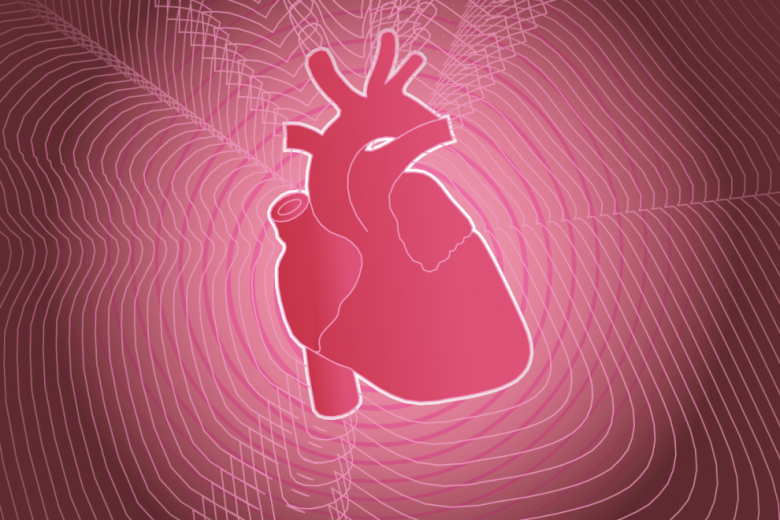Lifestyle Is At The Heart Of Heart Health

TNP ILLUSTRATION
In Singapore, nearly a third of deaths are due to cardiovascular disease (CVD).
But the deadly disease is preventable, either totally or partially, said Dr Alex Teo, medical director of Providence Clinic.
Generally used to refer to conditions affecting the heart or blood vessels, CVD is associated with a build-up of fatty deposits in the arteries and an increased risk of blood clots. It can also be associated with damage to arteries in organs such as the brain, heart, kidneys and eyes.
Health screening is an important tool for early recognition and prevention of CVD, said Dr Teo, adding it is advisable to go for medical check-ups at least once a year.
Family doctors also play a pivotal role in instilling the importance of regular blood monitoring for early intervention.
This is especially so for patients with chronic medical conditions - regular monitoring can help prevent cardiovascular complications, said Dr Teo.
"Your general practitioner (GP) can have a detailed consultation and ensure you receive the most appropriate screening tests," he added.
Since last Friday, eligible Singaporeans can pay $5 or less for health screenings and the first post-screening consultation under the Screen for Life programme, depending on whether they are under the Community Health Assist Scheme or Pioneer Generation subsidy.
What are the different types of CVD?
- Coronary heart disease, which occurs when the flow of oxygen-rich blood to the heart muscle is blocked or reduced. This puts an increased strain on the heart, and can lead to angina - caused by restricted blood flow to the heart muscle - heart attacks and failure.
- Strokes, where blood to part of the brain is cut off. This can cause brain damage, transient ischaemic attack (where the blood flow to the brain is temporarily disrupted), and even death.
- Peripheral arterial disease, which occurs when there is a blockage in the arteries to the limbs, usually the legs.
- Aortic diseases, which are a group of conditions affecting the aorta, the largest blood vessel in the body. It carries blood from the heart to the rest of the body.
What are some lifestyle habits that can lead to CVD?
The more risk factors you have, the greater your chances are of developing CVD.
These include high blood pressure, smoking, diabetes and inactivity, which increases the likelihood of hypertension, high cholesterol levels and being overweight. Obesity also raises the risk of developing diabetes and high blood pressure.
Other risk factors include age, gender, diet and excessive alcohol consumption.
How can CVD be prevented?
- Have a healthy diet.
- Quit smoking. Your GP can provide you with support and prescribe medication.
- Regular exercise of at least 150 minutes of moderate aerobic activity a week, such as cycling or brisk walking. Visit your GP for a health check if you have not exercised before, or if you are returning to exercise after a long break.
- If you are overweight, a combination of exercise and a healthy diet can help you lose weight. Aim to get your body mass index below 25. If you are struggling, your GP can help you come up with a weight loss plan and recommend services in your area.
- Try not to exceed the recommended weekly limit of 21 alcohol units for men and 14 alcohol units for women. Aim to spread your drinking over three days or more. Your GP can help you if you are finding it difficult to cut down your drinking.
- If you are at a particularly high risk of developing CVD, your GP may recommend taking medication to reduce your risk. This may include statins and low-dose aspirin.
Story Credit: http://www.tnp.sg/lifestyle/health/lifestyle-heart-heart-health


